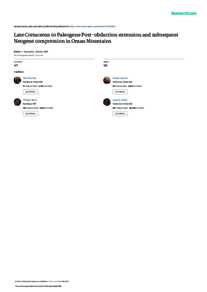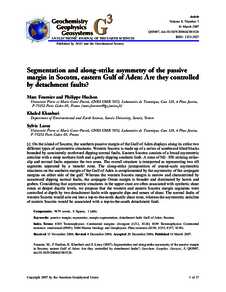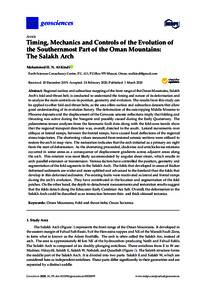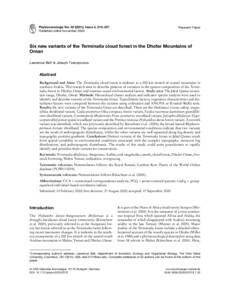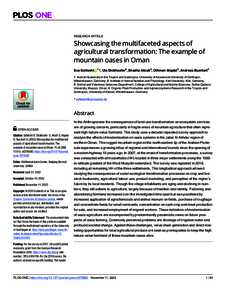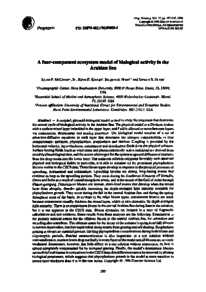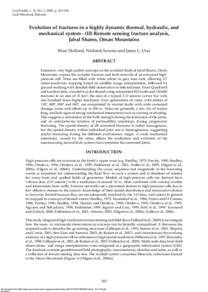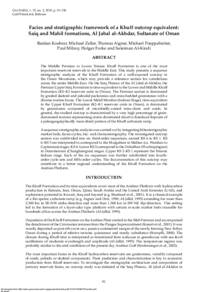Document
Late cretaceous to paleogene post-obduction extension and subsequent neogene compression in the Oman mountains.
Identifier
DOI: 10.2113/geoarabia110417
Source
GeoArabia. v. 11, 4, p. 17-40
Contributors
Country
Bahrain.
City
Manama
Publisher
Gulf PetroLink.
Gregorian
2006-10-01
Language
English
Subject
English abstract
After the obduction of the Semail ophiolitic nappe onto the Arabian Platform in the Late Cretaceous, north Oman underwent several phases of extension before being affected by compression in the framework of the Arabia-Eurasia convergence. A tectonic survey, based on structural analysis of fault-slip data in the post-nappe units of the Oman Mountains, allowed us to identify major events of the Late Cretaceous and Cenozoic tectonic history of northern Oman. An early ENE-WSW extensional phase is indicated by synsedimentary normal faults in the Upper Cretaceous to lower Eocene formations. This extensional phase, which immediately followed ductile extension and exhumation of high-pressure rocks in the Saih Hatat region of the Oman Mountains, is associated with large-scale normal faulting in the northeast Oman margin and the development of the Abat Basin. A second extensional phase, recorded in lower Oligocene formations and only documented by minor structures, is characterized by NNE (N20°E) and NW (N150°E) oriented extensions. It is interpreted as the far-field effect of the Oligocene-Miocene rifting in the Gulf of Aden. A late E-W to NE-SW directed compressional phase started in the late Oligocene or early Miocene, shortly after the collision in the Zagros Mountains. It is attested by folding, and strike-slip and reverse faulting in the Cenozoic series. The direction of compression changed from ENE-WSW in the Early Miocene to almost N-S in the Pliocene.
ISSN
1025-6059
Category
Journal articles

